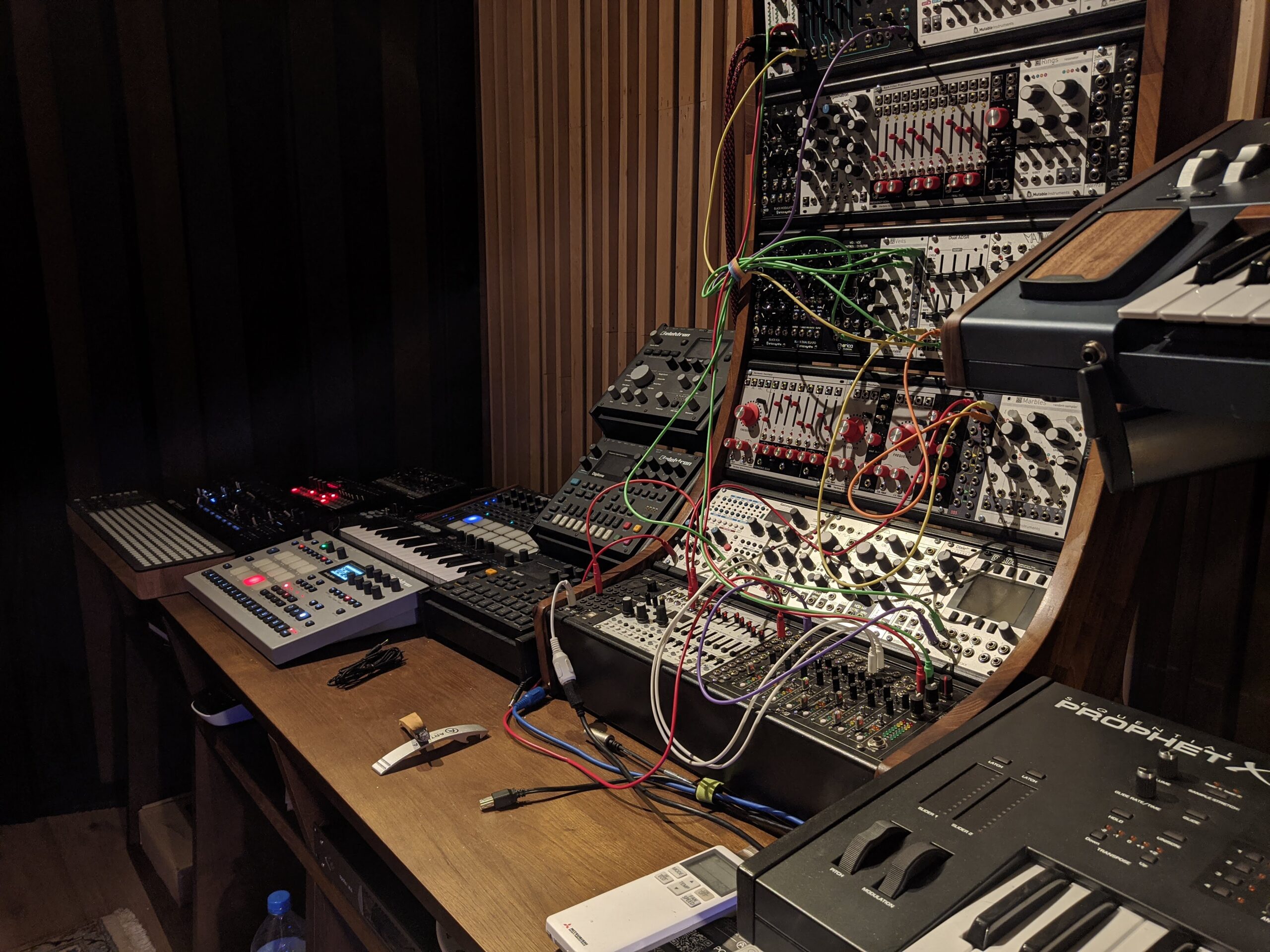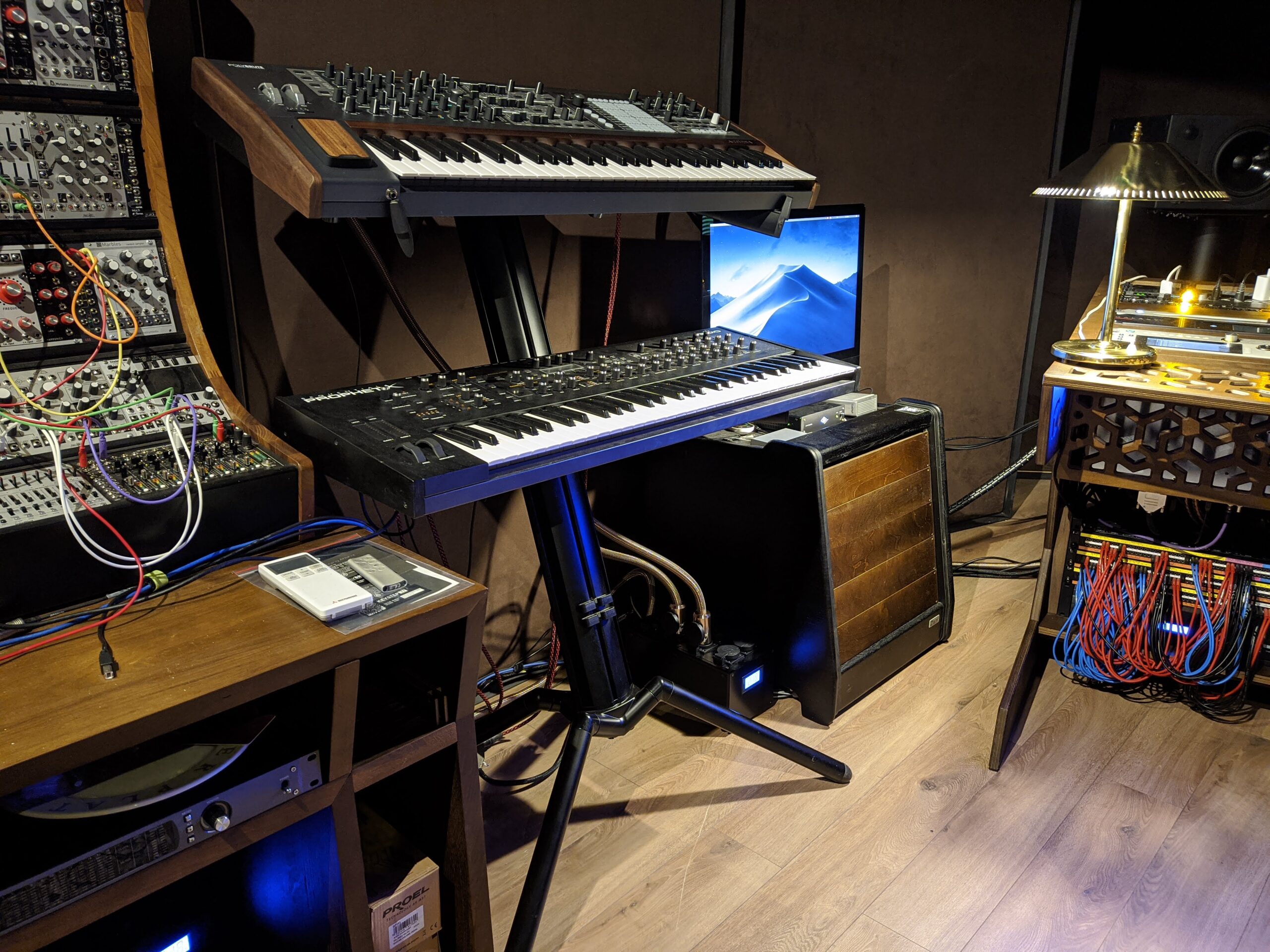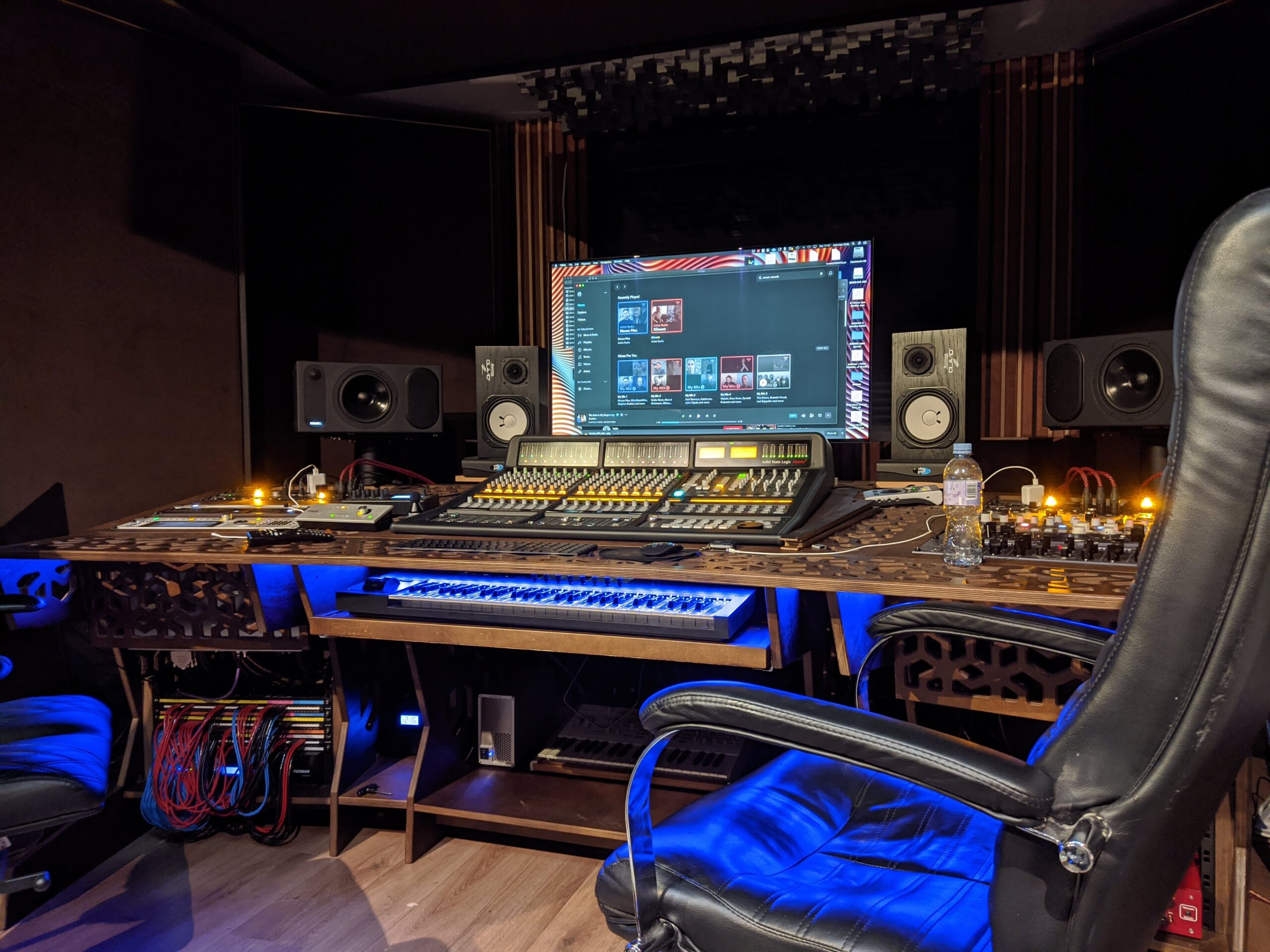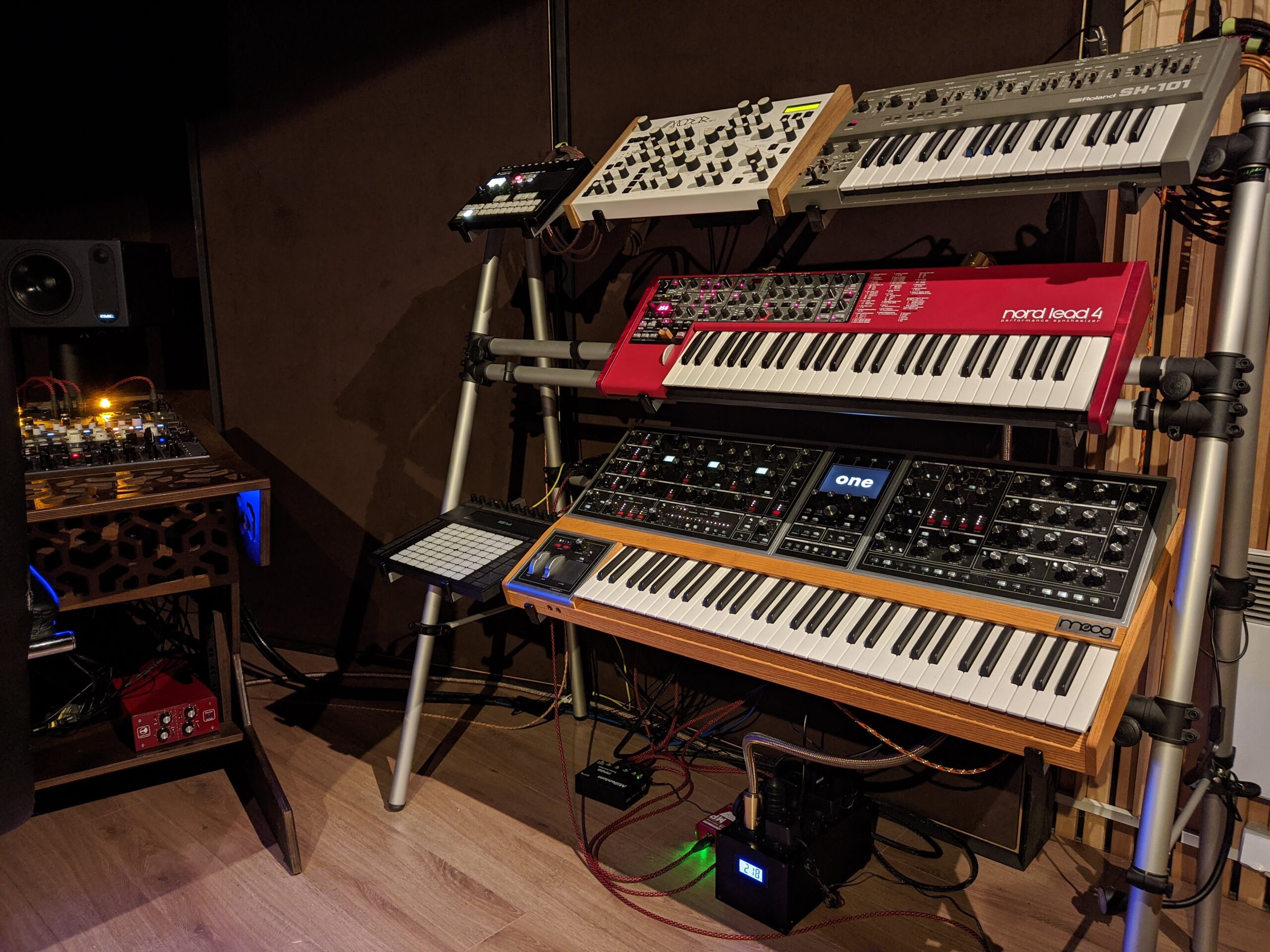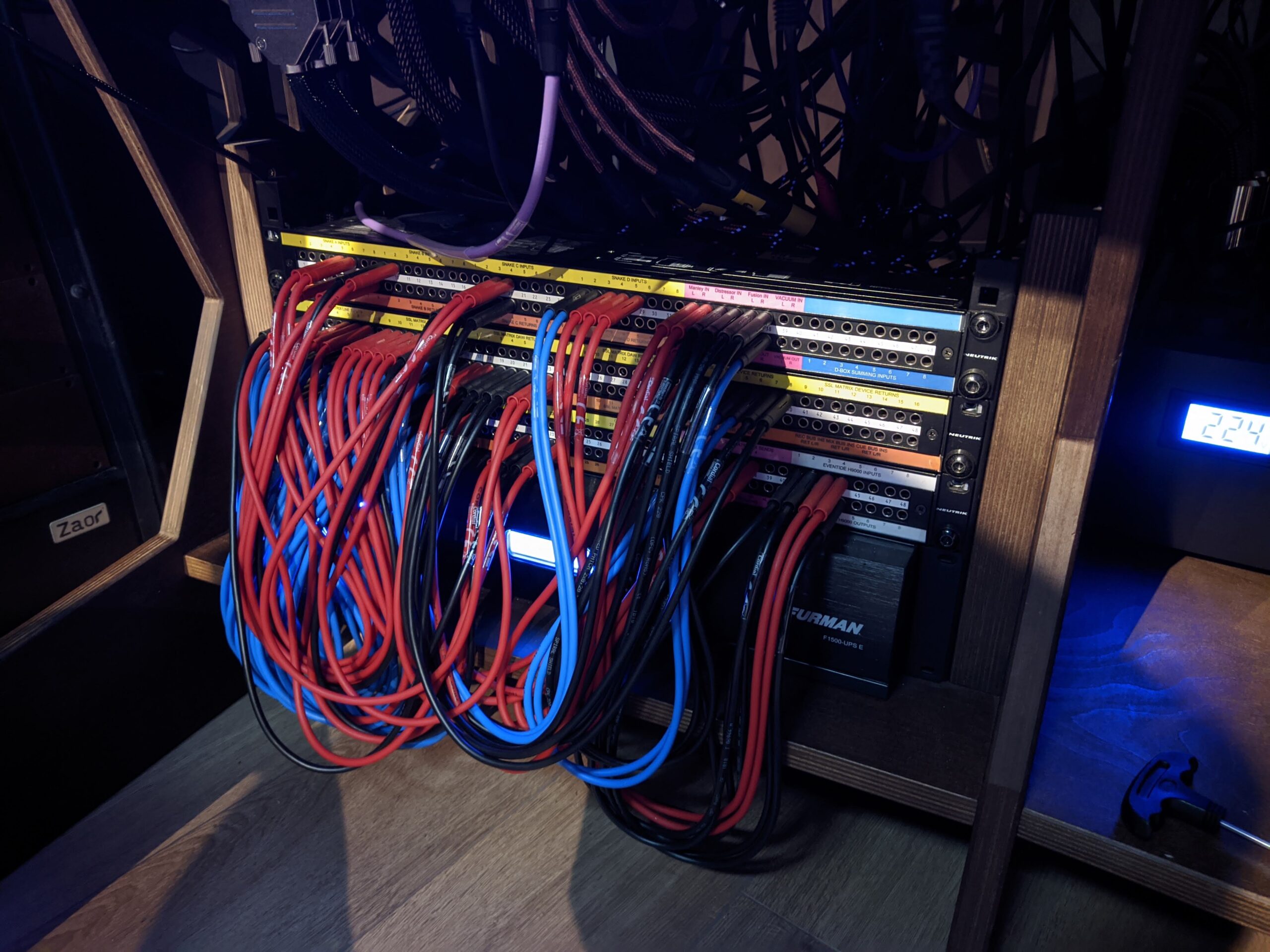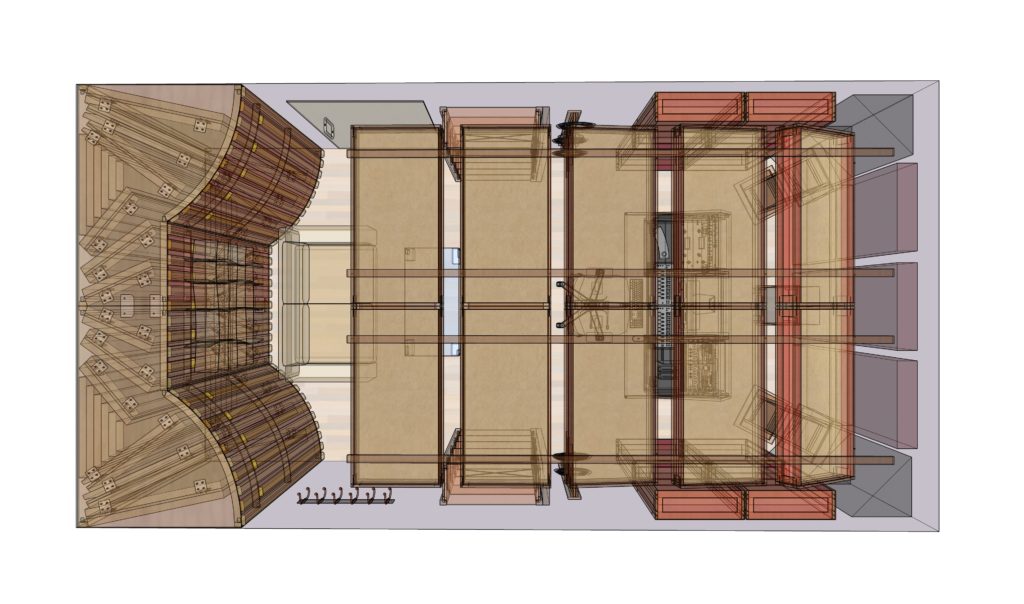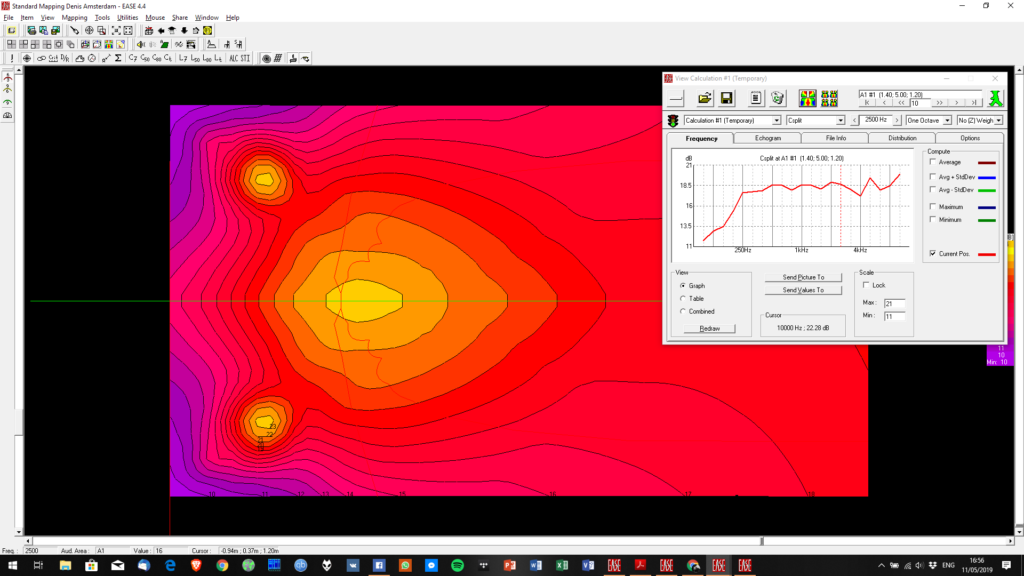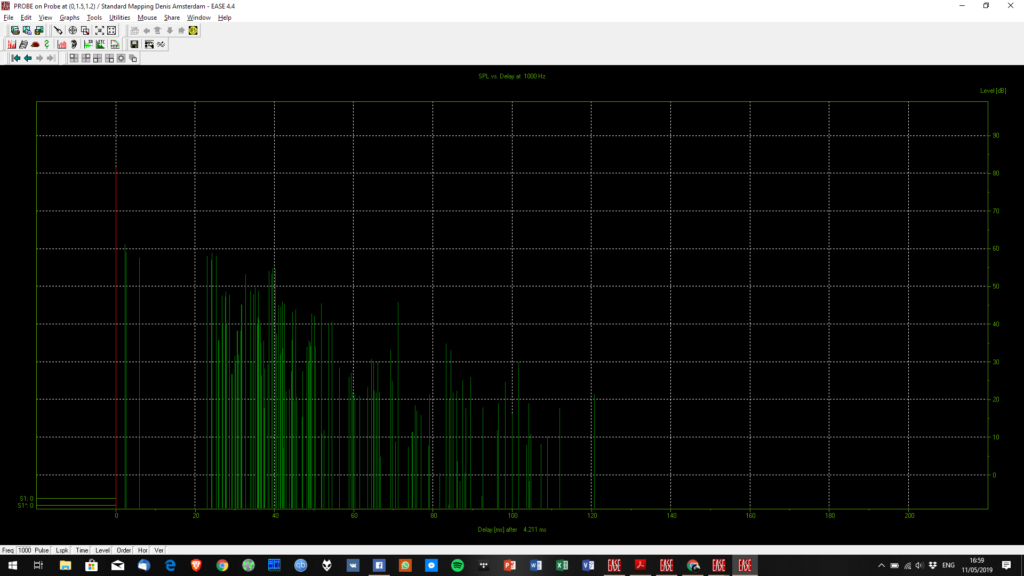What could be more important, than hearing your mix as it is? There is no secret, that room acoustics design is playing the main role here. Room treatment is a very delicate and complex task to satisfy a number of criteria and balance them out. There are so many different ways to approach design, they have been developed during a number of last decades and still, a lot of things are still empiric, so every acoustic designer has his approach.
Our design criteria are simple. The room should allow you to hear your speakers, so any masking should be eliminated, which means there must be no reflections coming earlier, than 20ms after direct arrival which is stronger, than -20dB relative to the direct signal. After that reflections from 20ms till 50ms are critical for the tonal perception of the signal so during that time spectral decay should be as even as possible without any frequencies standing out. After that follows room RT60 decay which has several parameters, like frequency-dependent time, spread, spatial parameters, and others which makes decay subjectively nice without causing any masking and coloration.
To achieve predictable results we use EASE Acoustical simulation software which is a powerful analysis and prediction tool for room acoustics. Before and after treatment we do room acoustical measurements to ensure a smooth design process and predictable results.
Here are some of our works:
River Sound music production studio in Kernave, Lithuania
Mastering studio in Rotterdam, Holland








